Home>Garden Essentials>What Are Infill Seats
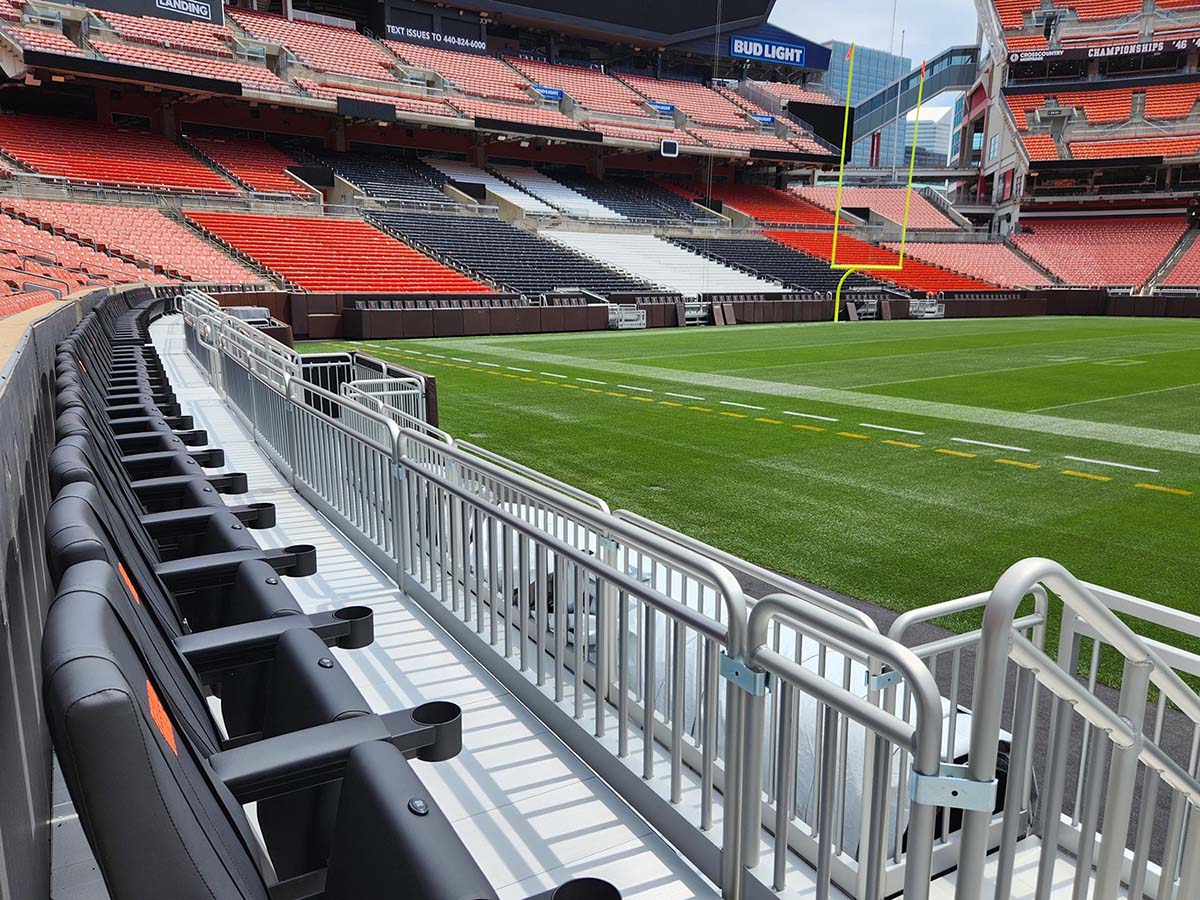

Garden Essentials
What Are Infill Seats
Modified: March 7, 2024
Discover the benefits of infill seats for your garden. Enhance comfort and aesthetics with these versatile seating options, perfect for outdoor living spaces.
(Many of the links in this article redirect to a specific reviewed product. Your purchase of these products through affiliate links helps to generate commission for Storables.com, at no extra cost. Learn more)
Introduction
Welcome to the world of gardening, where beauty meets functionality. Gardening is not only a hobby, but also a therapeutic activity that allows us to connect with nature and create a peaceful sanctuary in our own backyard. One essential aspect of creating a stunning garden is choosing the right seating arrangement. While conventional garden benches and chairs are classic options, there is another style of seating that is gaining popularity – infill seats.
Infill seats are a unique and innovative approach to garden design, providing a creative and practical solution for outdoor seating. They are a versatile addition to any garden, offering both aesthetic appeal and functionality. In this article, we will explore the definition of infill seats, discuss their benefits, explore the different types available, provide examples of infill seats, and highlight the considerations to keep in mind when installing them.
So, let’s dive in and discover the fascinating world of infill seats!
Key Takeaways:
- Infill seats are a creative way to add seating to your garden by integrating them into existing structures, optimizing space, and enhancing the overall beauty of your outdoor space.
- When considering infill seats for your garden, think about accessibility, safety, comfort, and maintenance to ensure they are both functional and aesthetically pleasing additions to your outdoor oasis.
Read more: What Is An Infill Speed
Definition of Infill Seats
Infill seats are a unique concept in garden design where seating is integrated or built into existing structures or materials, essentially filling the gaps or voids. They offer a seamless and visually appealing way to incorporate seating into various elements of your garden, such as walls, planters, or even steps. This innovative approach transforms ordinary structures into functional seating areas, creating a harmonious blend of architecture and landscape.
Unlike traditional garden benches or chairs, infill seats utilize the existing elements of your garden to provide seating options. They can be designed to match the surrounding aesthetics, making them appear as natural extensions of the garden. Infill seats can be made from a variety of materials, including wood, stone, concrete, or metal, allowing you to choose the perfect style to complement your garden design.
With infill seats, you can transform blank walls into cozy nooks, add seating to elevated areas, and create inviting seating spots in unexpected places. Whether you have a small urban garden or a sprawling backyard, infill seats offer a creative solution to maximize seating areas without sacrificing space or compromising on style.
These seats not only provide functional seating options but also add visual interest and character to your garden. They can serve as focal points, drawing the eye and creating a sense of curiosity and discovery. Infill seats allow for unique and personalized designs, enabling you to showcase your creativity and make your garden truly stand out.
Now that we understand the definition of infill seats, let’s explore the numerous benefits they offer.
Benefits of Infill Seats
Infill seats offer a range of benefits that make them a popular choice for garden seating. Here are some key advantages of incorporating infill seats into your garden:
- Space Optimization: Infill seats allow you to make the most of your garden space. By integrating seating into existing structures, you can utilize every nook and cranny, even in small or awkwardly shaped gardens. Instead of taking up valuable space with separate seating arrangements, infill seats optimize the layout and create functional seating areas without compromising on aesthetics.
- Seamless Integration: One of the greatest advantages of infill seats is their ability to seamlessly blend with the surrounding environment. By using materials and designs that match the existing elements of your garden, such as walls or steps, infill seats appear as natural extensions of the landscape. This integration enhances the overall visual appearance and harmony of your garden design.
- Increased Seating Options: Infill seats provide additional seating options in areas that may have otherwise been unused or overlooked. By transforming walls, planters, or steps into comfortable seating areas, infill seats maximize the available seating surface without requiring any extra space. This is especially beneficial when entertaining guests or hosting gatherings in your garden.
- Aesthetically Pleasing: With infill seats, you have the opportunity to add unique and visually appealing features to your garden. Whether it’s a beautifully crafted wooden bench nestled within a stone wall or a sleek metal seat integrated into a modern planter, infill seats can become eye-catching focal points that enhance the overall beauty of your garden. These seating options can also be customized to match your preferred style and design aesthetic.
- Versatility: Infill seats are incredibly versatile, allowing you to create seating solutions in various areas of your garden. Whether you want to provide seating on a raised terrace, next to a water feature, or alongside a pathway, infill seats can be tailored to fit any space. They can be adapted to different heights, shapes, and sizes, making them suitable for gardens of all types.
- Easy Maintenance: Infill seats are generally low maintenance, making them a practical choice for garden owners. Depending on the material used, they can be resistant to weather elements, durable, and easy to clean. This ensures that your seating areas remain in good condition and continue to enhance your garden for years to come.
Now that we’ve explored the benefits of infill seats, let’s delve into the different types available.
Types of Infill Seats
Infill seats come in a variety of styles and designs, providing endless options to suit your personal taste and garden aesthetic. Here are some common types of infill seats:
- Wall-mounted Seats: These seats are integrated into the walls of your garden, providing a seamless and space-saving seating option. Wall-mounted seats can be made from materials like wood, metal, or stone and can be designed to match the style of your garden. They offer a cozy spot for relaxation and can be placed at different heights to accommodate different preferences.
- Planter Benches: Planter benches feature built-in seating with planters integrated into the design. These seats combine functionality with beauty, allowing you to enjoy the beauty of plants while providing a comfortable seating area. Planter benches can be placed along pathways, on patios, or even on balcony gardens, adding greenery and charm to your outdoor spaces.
- Step Seats: Step seats utilize the existing steps in your garden as seating areas. They can be made from the same material as the steps, such as stone or concrete, creating a seamless flow from the steps to the seating. Step seats are a practical option for gardens with elevated areas or multi-level landscapes, providing convenient spots to sit and enjoy the surroundings.
- Retaining Wall Seats: Retaining walls serve a dual purpose by providing structural support and seating options. These seats are built into the walls, allowing you to maximize space while offering comfortable seating. Retaining wall seats are often made from durable materials like concrete or stone, ensuring long-lasting functionality in your garden.
- Built-in Platforms: Built-in platforms are elevated seating areas that can be integrated into your garden design. These platforms can be constructed using wood or composite materials and can be customized to fit your desired dimensions and shape. Built-in platforms offer a unique and elevated seating experience, providing a vantage point to enjoy the beauty of your garden.
- Bench Seating: Bench seating is a classic option for infill seats. These benches can be built into existing structures like walls or architecture and can be designed to match the overall style of your garden. Bench seating offers a versatile and comfortable seating option, perfect for relaxing or socializing outdoors.
These are just a few examples of the various types of infill seats available. The choice ultimately depends on your garden layout, personal preferences, and the desired functionality you want to achieve.
Next, let’s explore some real-life examples of infill seats to inspire your garden design.
When choosing infill seats, consider the material, size, and shape to ensure a comfortable and secure fit. Look for seats with a non-slip surface and easy installation for added convenience.
Examples of Infill Seats
When it comes to infill seats, the possibilities are endless. Here are a few examples of how infill seats can be creatively incorporated into garden designs:
- Stone Wall Bench: Imagine a stone wall in your garden with a built-in bench nestled within it. This type of infill seat not only provides a cozy seating area but also adds a touch of rustic charm to your outdoor space. You can decorate the surrounding area with climbing plants or vibrant flowers to create a picturesque seating spot.
- Water Feature Bench: Combining the soothing sound of running water with a comfortable seating area can create a serene ambiance in your garden. By integrating a bench into a water feature, such as a small pond or fountain, you can create a relaxing retreat where you can sit and enjoy the tranquil atmosphere.
- Wooden Step Seats: If your garden has a series of steps, why not transform them into seating areas? By adding wooden seats into the steps, you not only provide functional seating but also enhance the overall design. This type of infill seat is perfect for gardens with different levels or terraced landscapes.
- Retaining Wall Lounge: A retaining wall is a structural element that can double as a comfortable lounge area. By incorporating cushioned seating into the retaining wall, you can create a stylish and inviting spot for relaxation. Add some toss pillows and a small table, and you have a perfect outdoor lounge area for entertaining guests.
- Planter Bench: A planter bench combines the beauty of plants with functional seating. These benches feature planters on either side, allowing you to grow your favorite flowers or herbs while enjoying a comfortable seat. The combination of greenery and seating makes for a delightful and vibrant addition to any garden.
- Outdoor Deck Seating: If you have a deck or a raised platform in your garden, consider incorporating built-in seating into its design. This offers a convenient and stylish seating option for outdoor gatherings or simply enjoying a cup of coffee while basking in the sunlight.
Remember, these are just a few examples to inspire your creativity. Your infill seats can be as unique and personal as your garden itself. So, let your imagination run wild and create a seating area that truly reflects your style and enhances the beauty of your outdoor space.
Now that we have explored some inspiring examples of infill seats, let’s move on to the considerations you should keep in mind when installing infill seats.
Read more: What Is An Infill
Considerations for Installing Infill Seats
Before you install infill seats in your garden, there are a few important considerations to keep in mind. These factors will ensure that your infill seats are not only aesthetically pleasing but also functional and practical:
- Garden Layout: Assess your garden layout and identify suitable areas for infill seats. Consider the existing structures, such as walls, steps, or raised platforms, that can be integrated with seating. Take into account the flow of your garden and how the infill seats will fit seamlessly into the overall design.
- Accessibility: Ensure that the infill seats you choose are easily accessible and provide a comfortable seating experience. Consider factors such as the height of the seat, the ease of getting in and out, and any additional features, like armrests or backrests, that can enhance comfort.
- Material Selection: Select the right materials for your infill seats based on durability, maintenance requirements, and aesthetics. Consider the climate in your area and choose materials that can withstand outdoor conditions. Opt for materials that complement the style of your garden and align with your personal preferences.
- Safety Measures: Ensure that the installation of infill seats adheres to safety standards. Secure the seats firmly into the existing structures to prevent any accidents or injuries. If your infill seats are elevated or located in potentially hazardous areas, consider adding railings or other safety features to provide additional security.
- Comfort and Ergonomics: It’s important to prioritize comfort when choosing infill seats. Opt for designs that provide adequate support for your back and legs. Consider adding cushions or padding to enhance comfort, especially if the seating area will be used for extended periods.
- Maintenance: Consider the maintenance requirements of the infill seats you choose. Some materials may require regular cleaning, sealing, or refinishing to ensure they remain in good condition. Select materials that are easy to maintain and will withstand the test of time with minimal effort.
- Budget: Set a budget for your infill seat project and consider the cost of materials, installation, and any additional features you may want to incorporate. Research different options and suppliers to find the best quality and value for your investment.
By taking these considerations into account, you can ensure that your infill seats enhance both the functionality and beauty of your garden.
Now that you are aware of the important considerations, let’s wrap up our journey into the world of infill seats.
Conclusion
Infill seats offer a creative and practical solution for incorporating seating into your garden design. By seamlessly integrating seating into existing structures such as walls, steps, or planters, infill seats optimize space utilization and add a unique touch to your outdoor space. These seats not only provide functional seating options but also enhance the visual appeal and aesthetics of your garden.
The benefits of infill seats are numerous. They allow for space optimization, seamlessly blend with the surrounding environment, provide increased seating options, and add to the overall beauty of your garden. With various types of infill seats to choose from, such as wall-mounted seats, planter benches, or step seats, you can find the perfect style to suit your garden’s design and meet your preferences.
When installing infill seats, it is important to consider factors such as garden layout, accessibility, material selection, safety measures, comfort, maintenance, and budget. By taking these considerations into account, you can ensure that your infill seats are both functional and practical, while also adding aesthetic value to your garden.
So, whether you want to create a cozy nook in a stone wall, incorporate seating into a water feature, or transform your steps into comfortable seating areas, infill seats provide endless possibilities to unleash your creativity and elevate your garden design.
Embrace the beauty and functionality of infill seats in your garden, and create a space where you can relax, entertain, and truly connect with nature. Start exploring the world of infill seats, and let your garden become a haven of comfort and style.
Frequently Asked Questions about What Are Infill Seats
Was this page helpful?
At Storables.com, we guarantee accurate and reliable information. Our content, validated by Expert Board Contributors, is crafted following stringent Editorial Policies. We're committed to providing you with well-researched, expert-backed insights for all your informational needs.
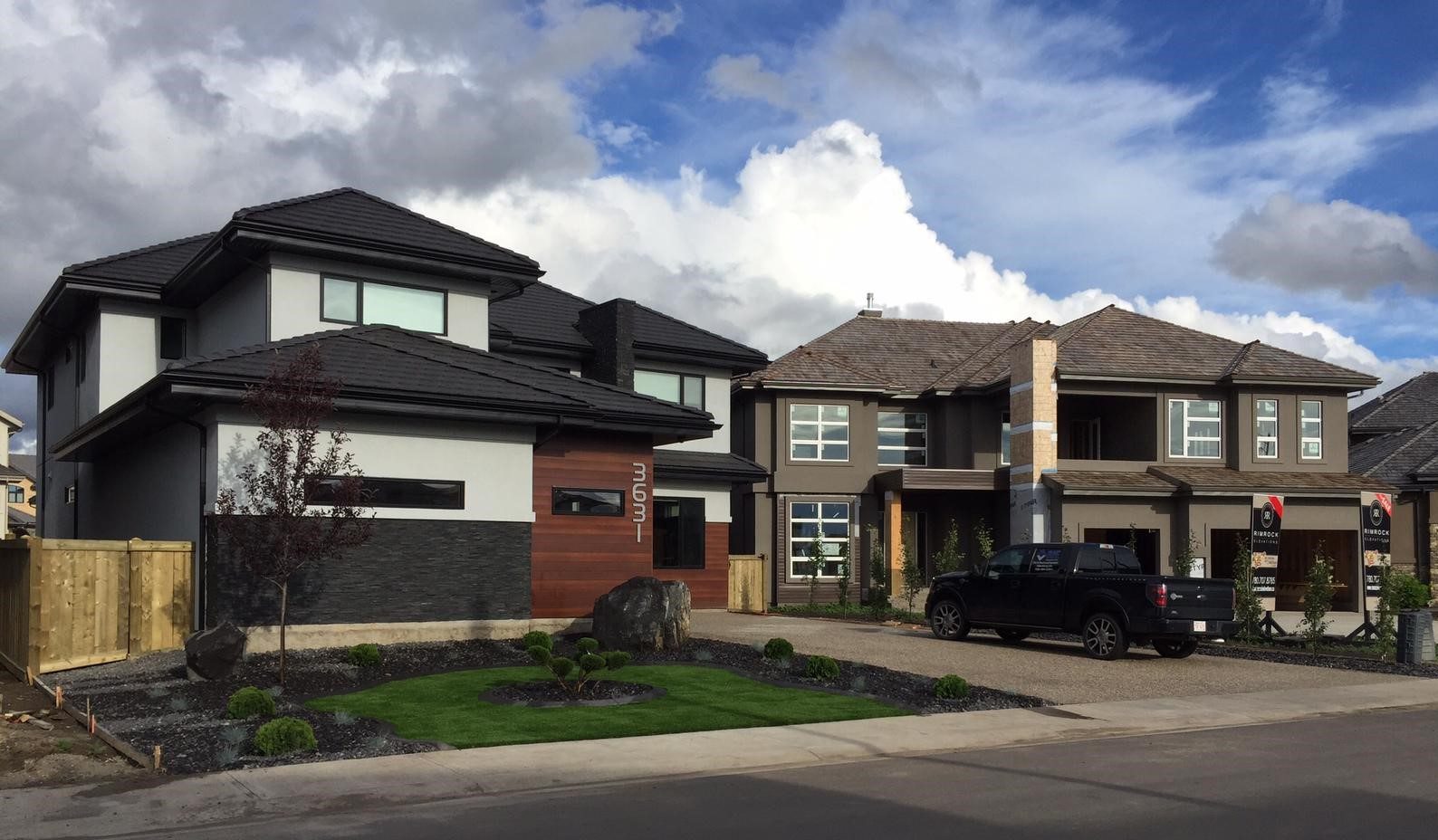
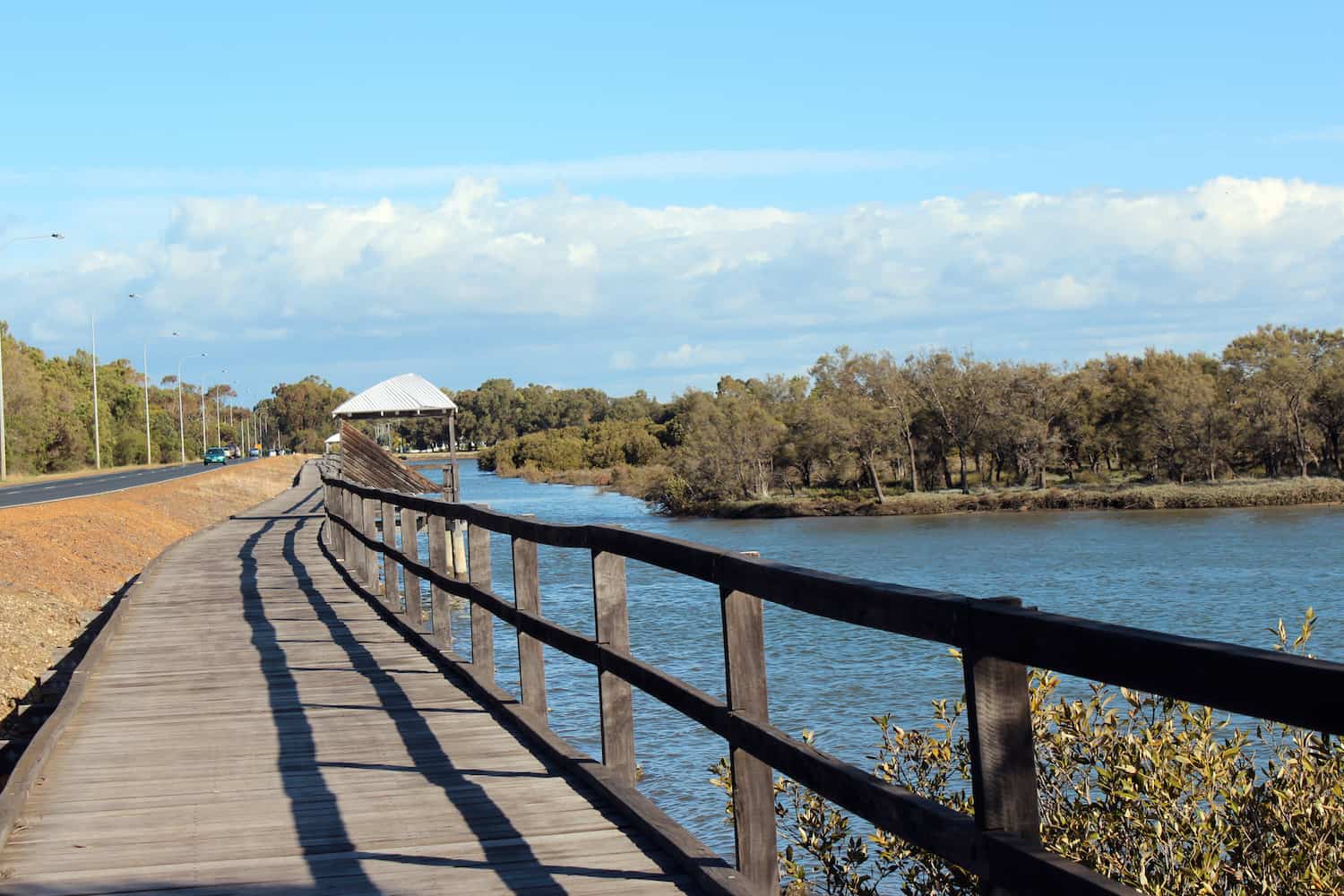
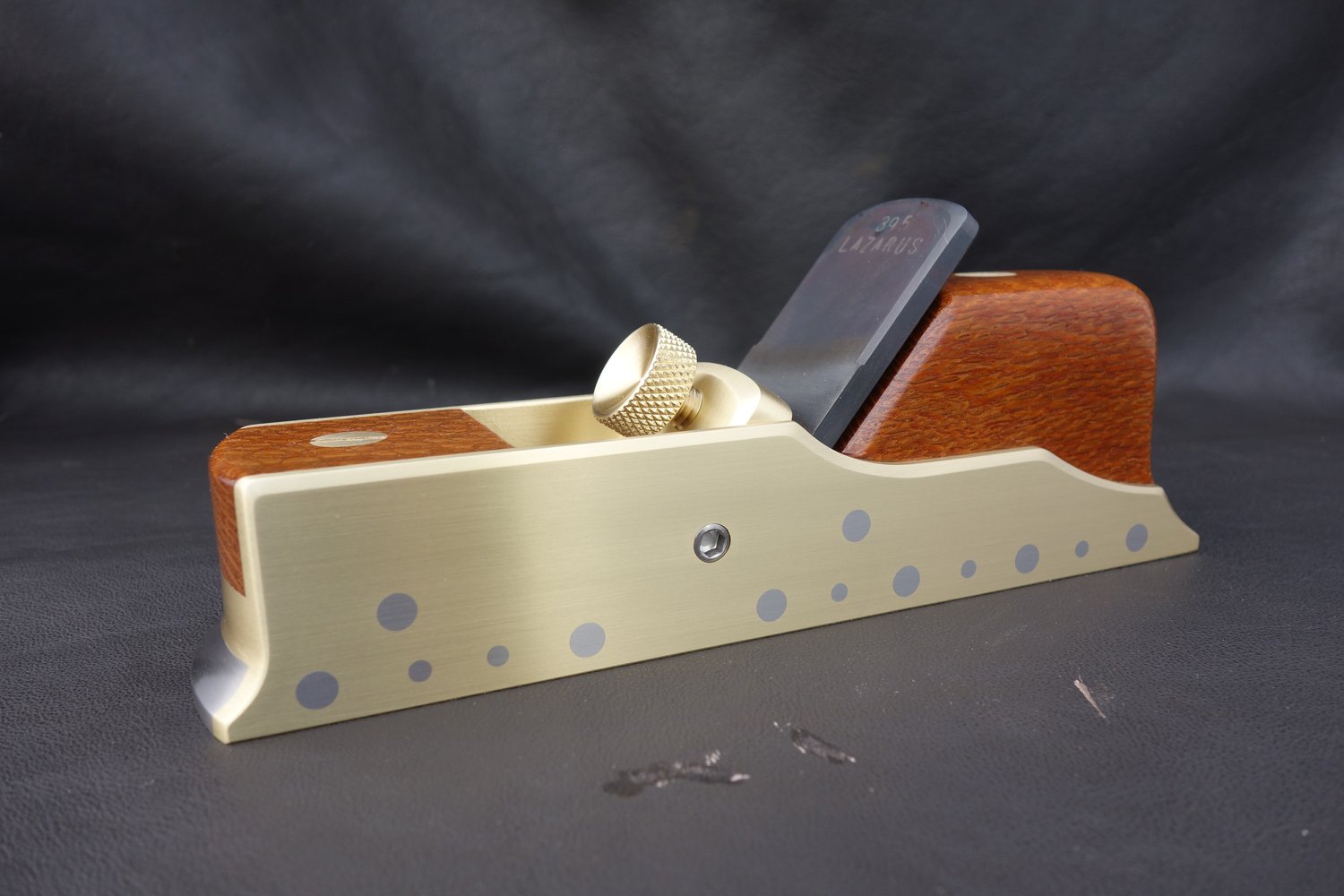
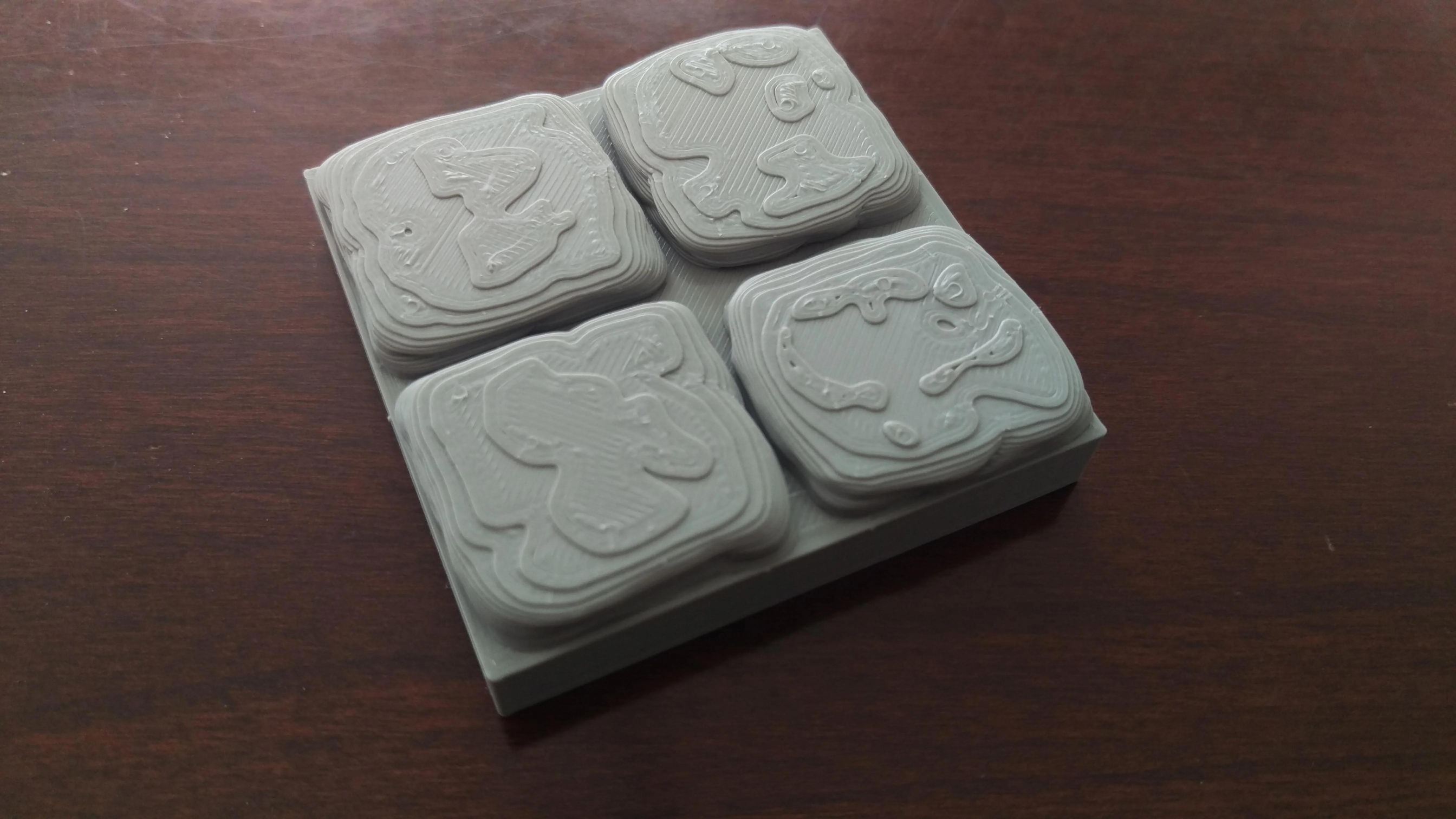
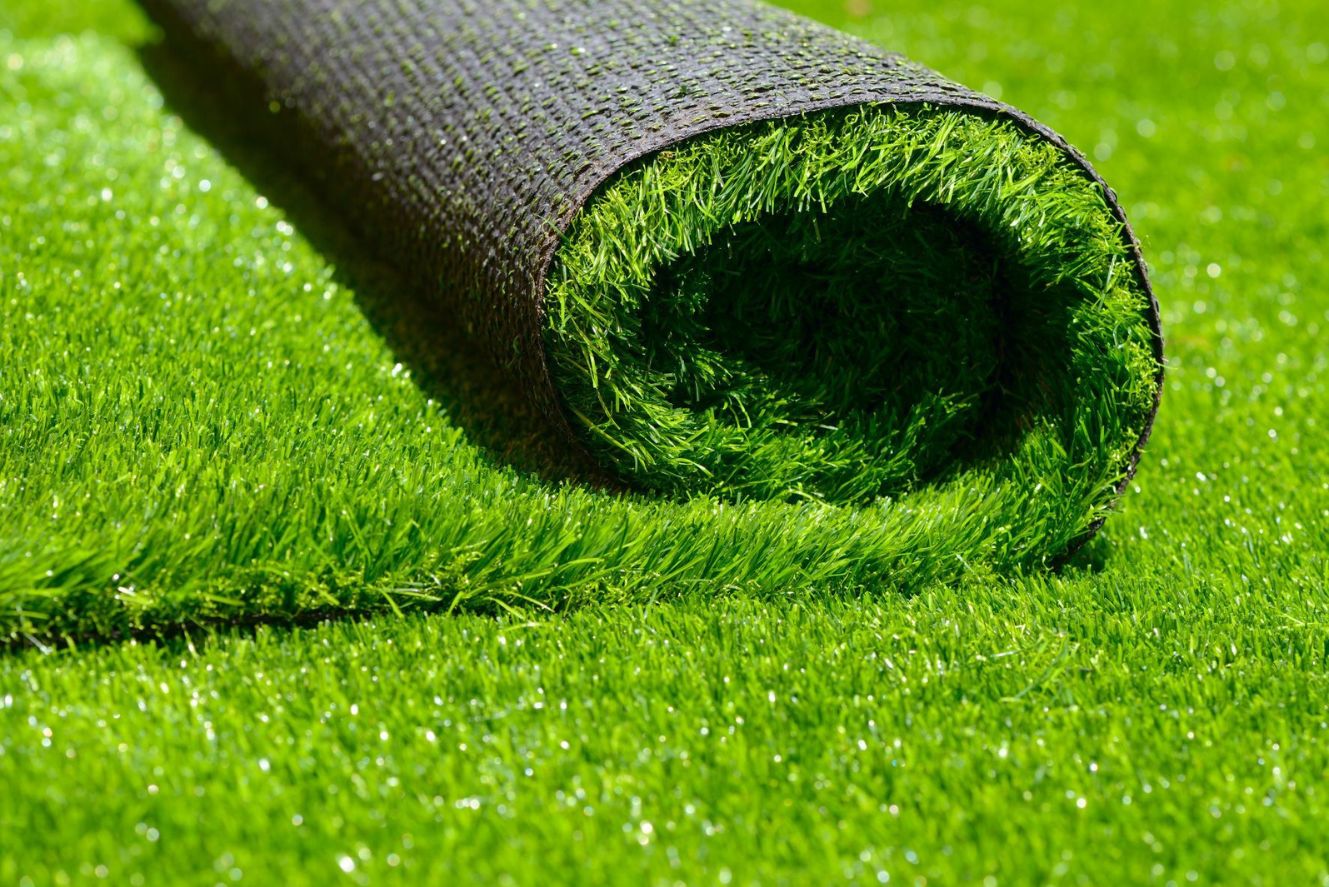
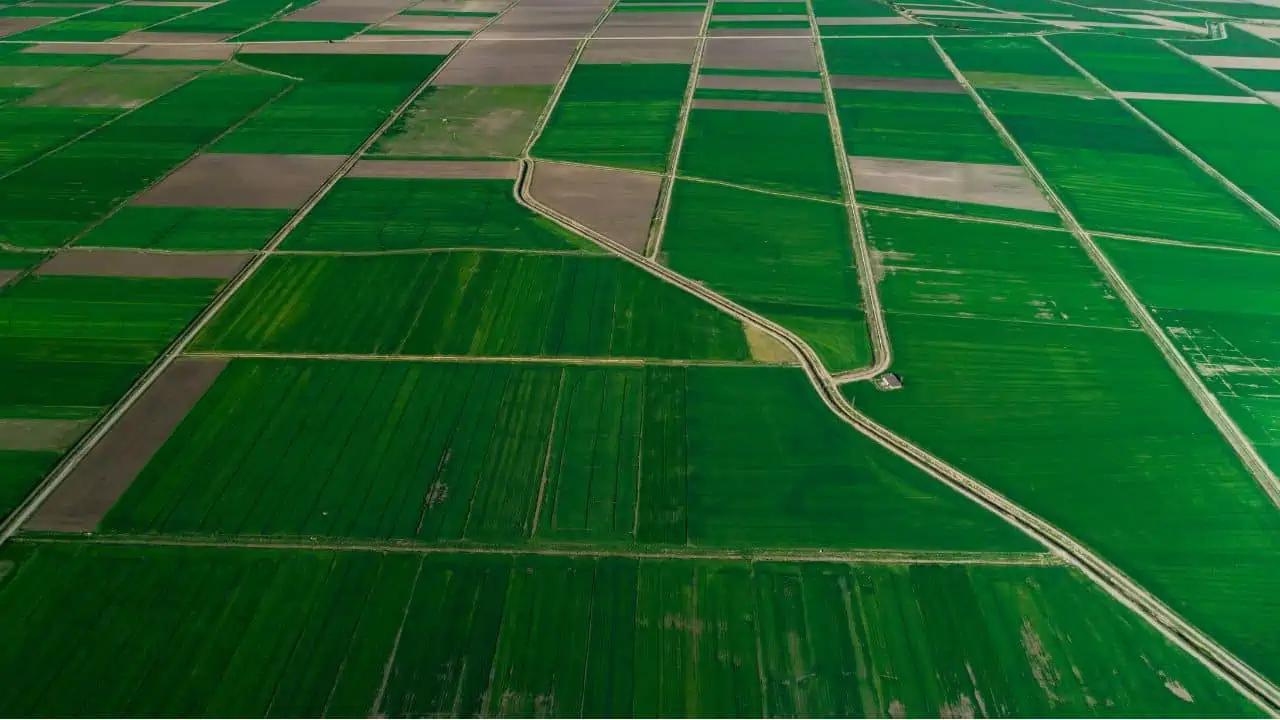
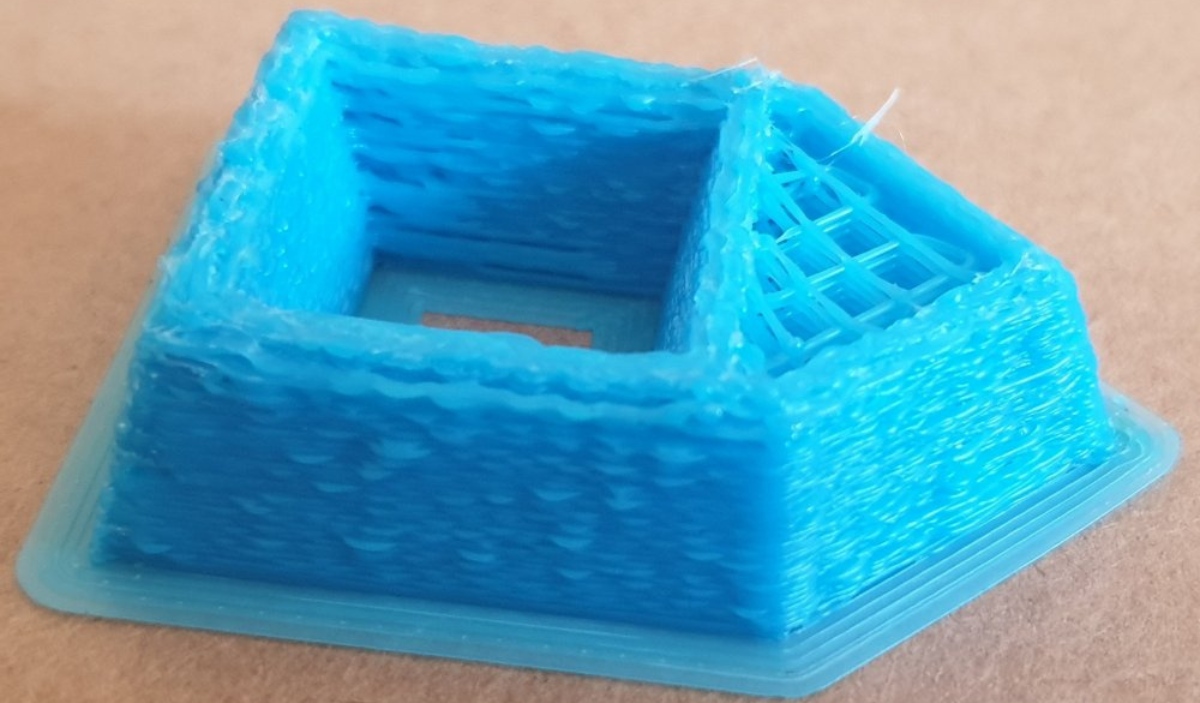
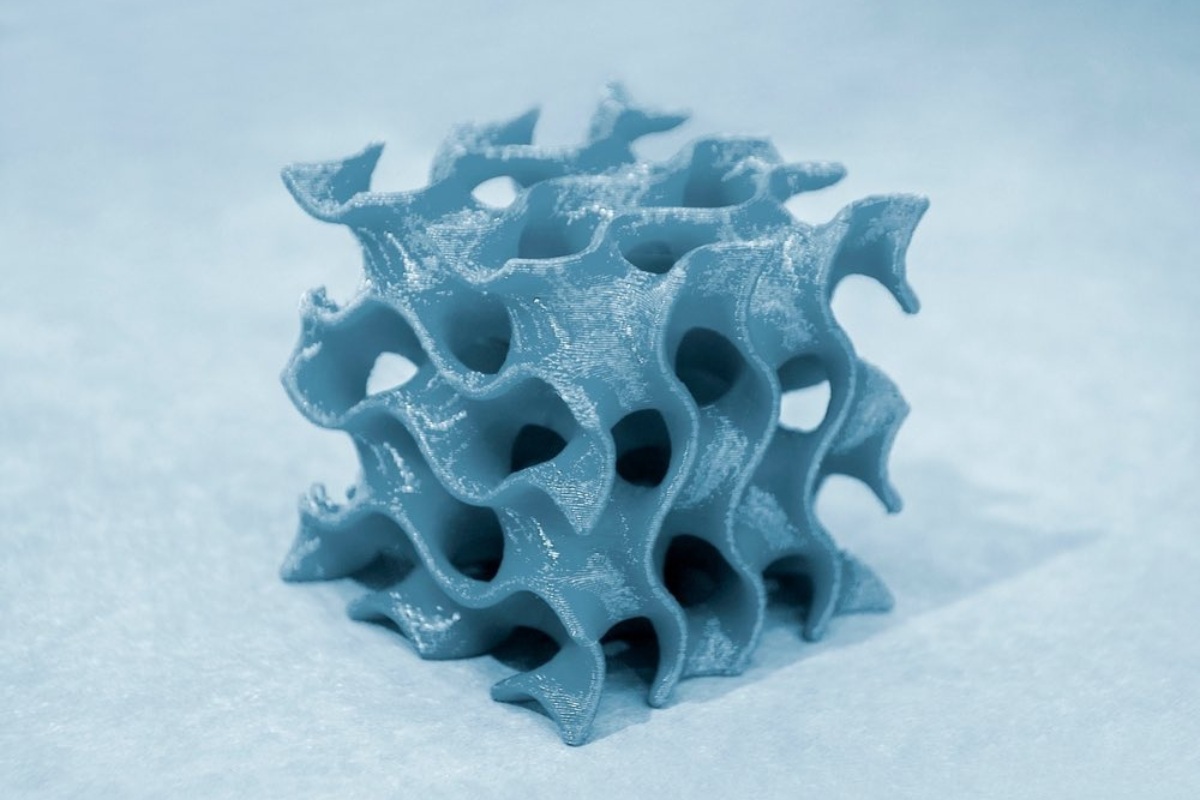
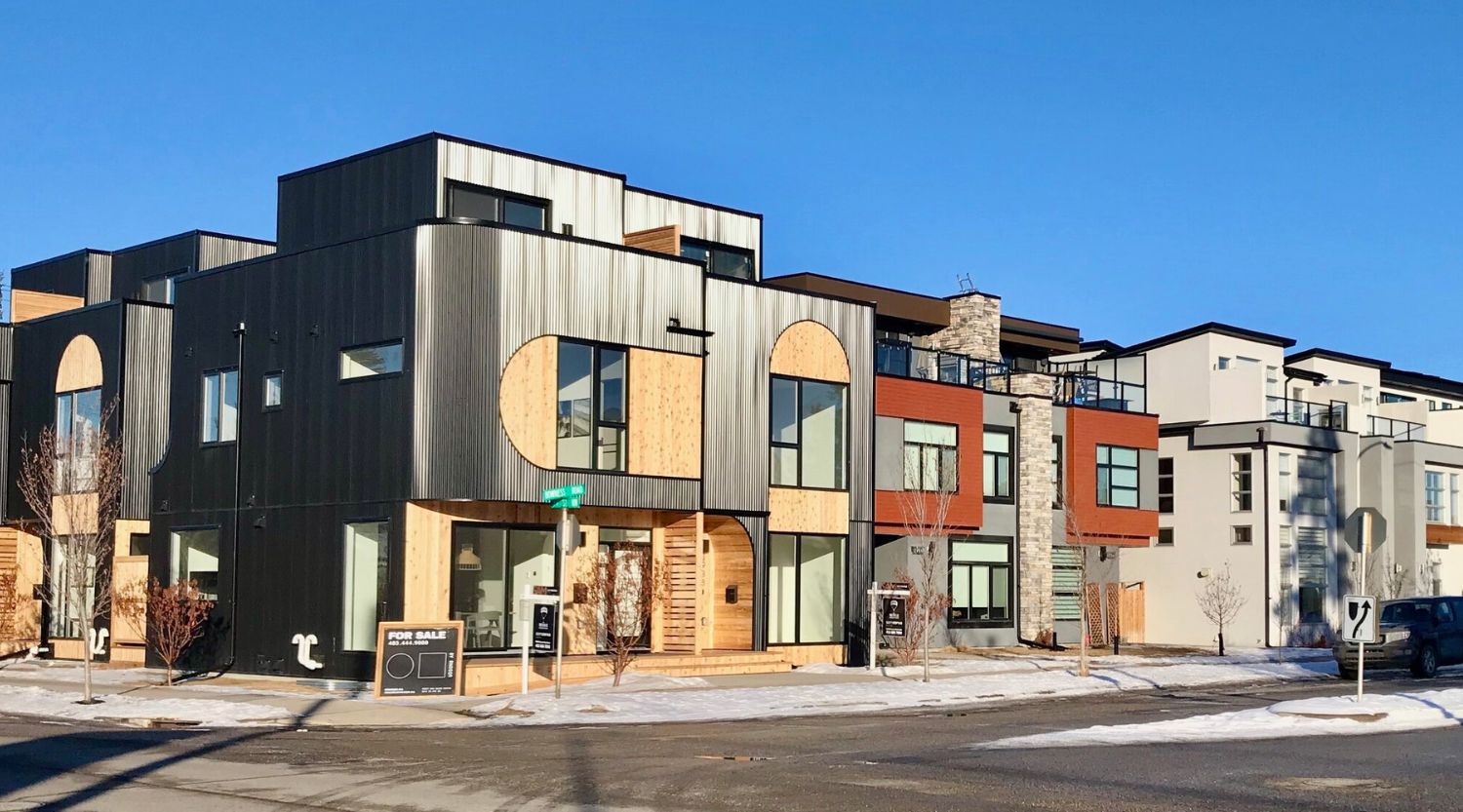
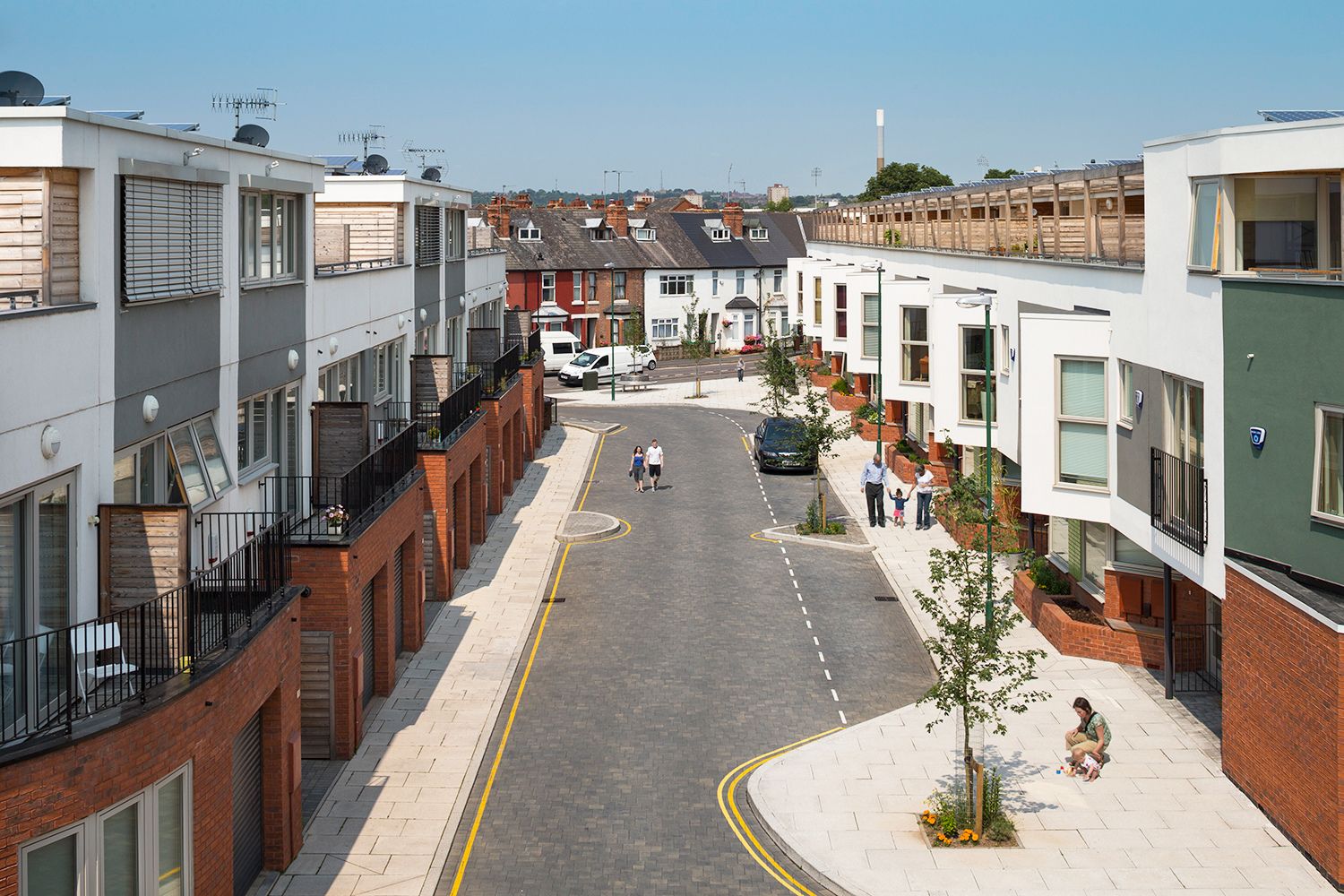
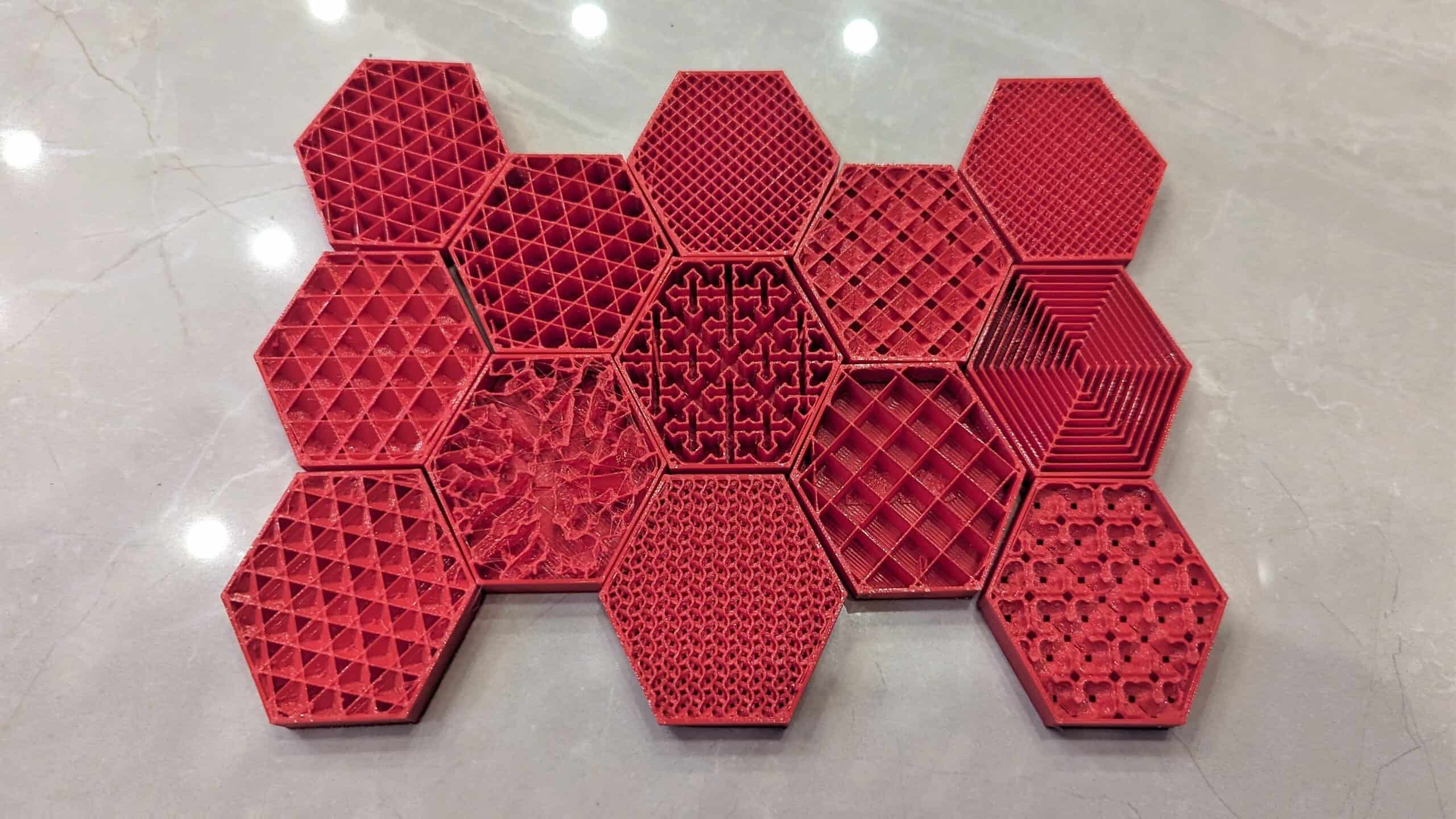
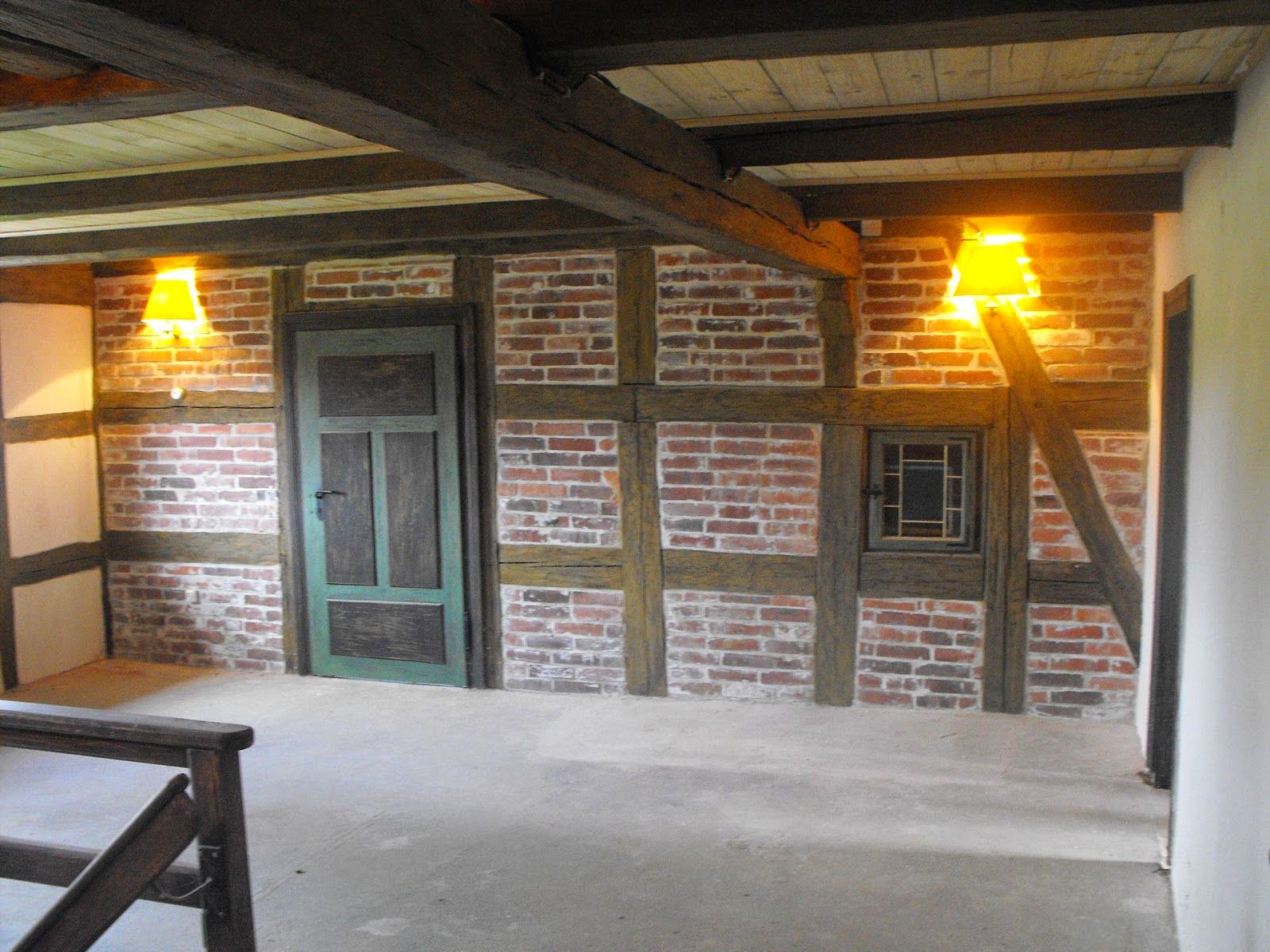
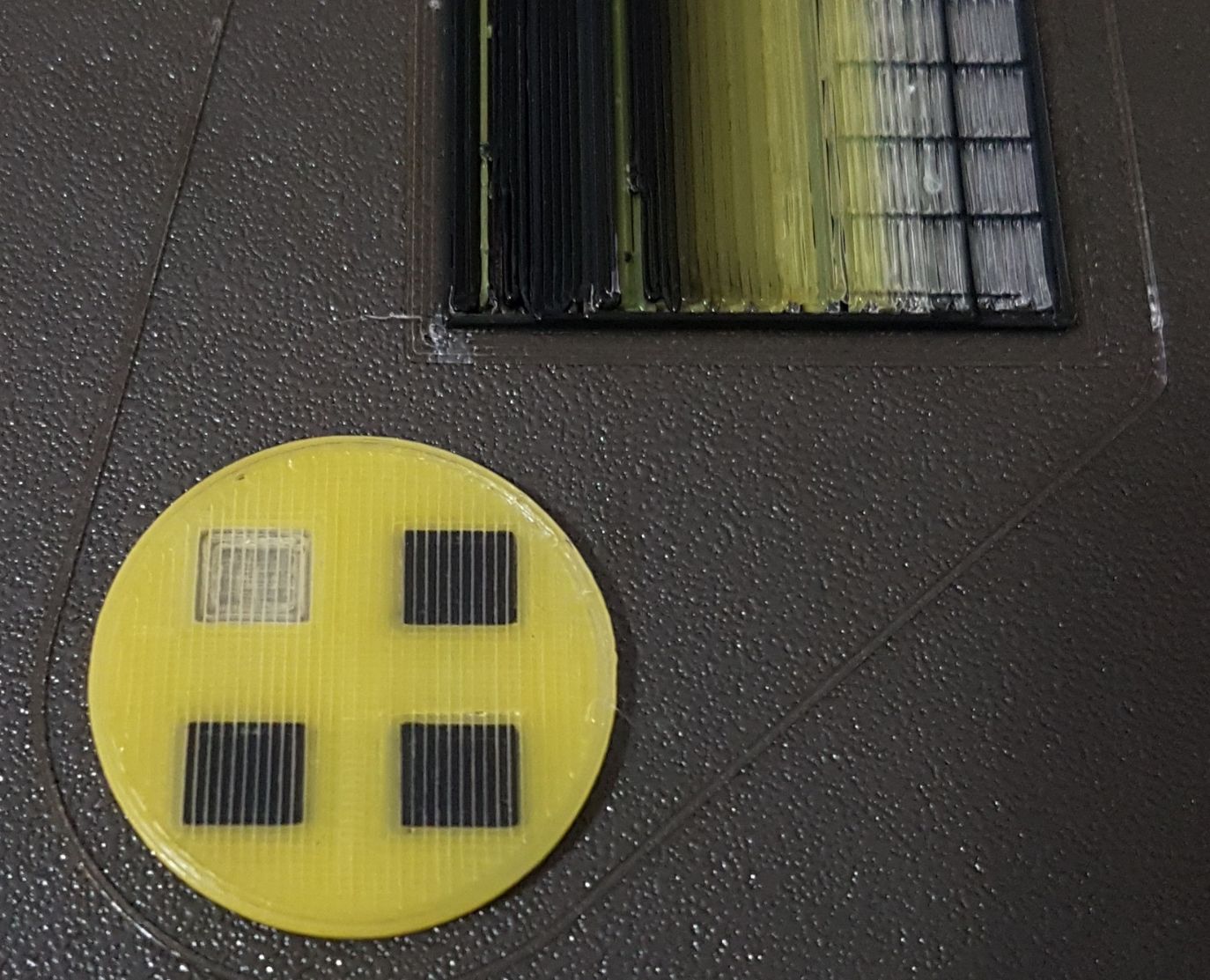
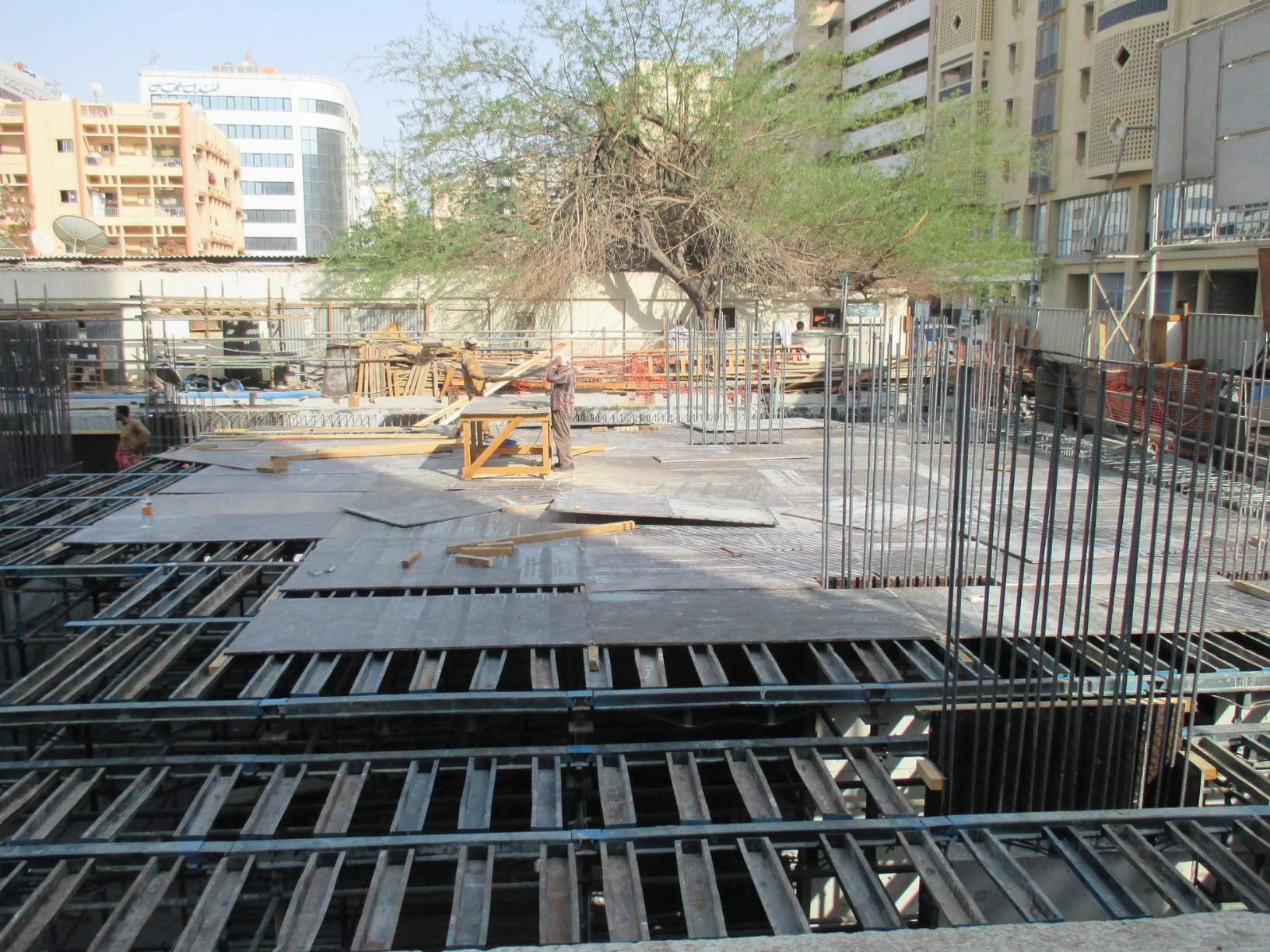

0 thoughts on “What Are Infill Seats”